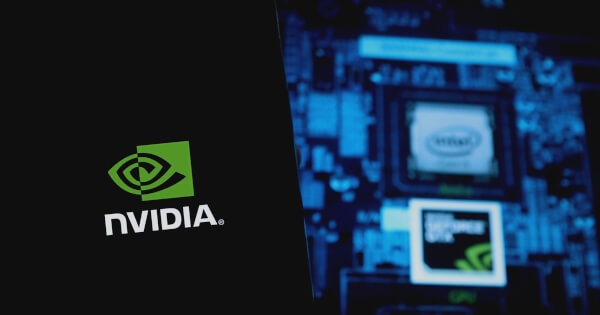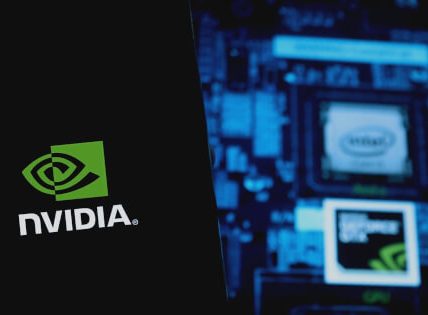Luisa Crawford
Jul 19, 2025 03:30
NVIDIA introduces superior strategies for decreasing latency in massive language mannequin inference, leveraging JAX and XLA for vital efficiency enhancements in GPU-based workloads.
Within the ongoing quest to optimize inference workloads, NVIDIA has unveiled a sequence of enhancements geared toward decreasing latency when operating massive language fashions (LLMs) in manufacturing environments. These developments are notably essential through the LLM decode part, the place decreasing time-to-next-token is significant, in line with NVIDIA.
Addressing Latency Challenges
NVIDIA’s method includes partitioning inference duties throughout a number of GPUs utilizing tensor parallelism, particularly concentrating on the Multilayer perceptron (MLP) and projection GEMM layers inside transformer blocks. This partitioning helps reduce runtime latencies, a standard bottleneck in high-performance computing.
In the course of the decode stage, static overheads comparable to kernel invocation and communication setup can dominate, resulting in elevated latency. To fight this, NVIDIA developed strategies to attenuate these overheads, which considerably contribute to total decode latency.
Improvements in All-Cut back Algorithms
NVIDIA’s analysis revealed that the all-reduce collective in tensor parallel layers was a big bottleneck, consuming roughly 23% of end-to-end decode latency. Historically, the ring algorithm is used for all-reduce operations, which, whereas bandwidth optimum for bigger messages, incurs excessive latencies for smaller message sizes.
To handle this, NVIDIA applied a customized single-shot all-reduce algorithm, which aggregates information from friends and performs discount in a single stage. This innovation reduces communication latency by permitting simultaneous information exchanges through NVLink, regardless of rising whole bandwidth.
Moreover, NVIDIA utilized cudaDeviceEnablePeerAccess to remove extra reminiscence copy overheads, enabling direct entry to buffers on peer GPUs. This methodology is especially efficient in single-node, multi-GPU setups, the place a shared CUDA context simplifies reminiscence entry throughout gadgets.
Fusion and Efficiency Features
The only-shot all-reduce kernel was additional optimized by fusing it with layer normalization and pointwise addition operations right into a single CUDA C++ kernel. This fusion minimizes kernel launch overheads and information motion, offering a ~3x speedup over standalone all-reduce kernels and a ~27% enchancment in decode part latency.
By grouping and launching these kernels as a single CUDA Graph, NVIDIA achieved a further 5% discount in decode latency. This complete integration demonstrates the potential of customized kernels in enhancing inference effectivity.
Future Optimizations and Developments
NVIDIA continues to discover additional optimizations for low-latency inference, notably for workloads with small message sizes. Upcoming options in NCCL 2.27 and future releases goal to enhance communication overheads, doubtlessly reaching as much as 4x quicker communication for smaller payloads.
Moreover, NVIDIA is leveraging GPU-initiated device-side communication APIs accessible within the NVIDIA OpenSHMEM Library to interleave compute-communication blocks, successfully hiding communication latencies. Current developments within the Mosaic-GPU DSL facilitate expressing interleaved compute-communication fusion patterns, promising additional enhancements in distributed fusion kernels for varied parallel paradigms.
For extra detailed insights, the unique article by NVIDIA could be accessed right here.
Picture supply: Shutterstock





